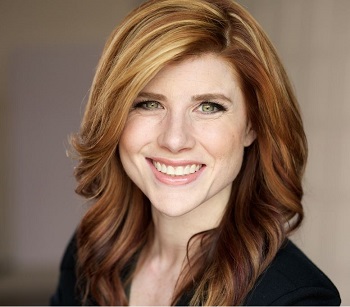
The on-demand economy is disrupting nearly every industry, and nursing is no different. Technology is allowing workers with a variety of skillsets to connect with businesses and individuals who have unmet demand for their services. Connecting facilities directly to healthcare professionals without an agency middleman means nurses make more money, healthcare facilities pay less, and patients receive higher quality of care.
But creating an uber for nursing or any other industry has its drawbacks. For an industry as complex and important as nursing, two priorities have emerged. First, nurses needed to be in control of their schedules, and the technology to make that happen needed to exist. Second, nurses should be W-2 employees, which means performing background checks, verifying their skills, and paying their employment taxes – something contract nurses grapple with during tax season while working per diem jobs. Moving on-demand nurses from contract to W-2 employees is a game changer for everyone involved.
1099 vs W-2 Nurses
There are major differences in how contractor 1099 models operate versus W-2 employment models and it’s important healthcare facilities and nurses are both aware of the differences:
W-2 1099 Why This Matters
| Staffing company provides malpractice insurance. | Employee is responsible for malpractice insurance. | Liability falls on healthcare facility if employee does not have proper insurance. Less protection for nurses as well. |
| Staffing solutions can vouch for their nurses. They’re fully background checked, and a comprehensive skills checklist is conducted. They also conduct training and proper orientation. | The responsibility ultimately falls on the healthcare facility to ensure the nurses have the proper skills. Training and orientation are the facility’s responsibility. | Liability falls on healthcare facilities to vouch for nurses. If skills aren’t verified, it’s also easy to staff the wrong nurse for the wrong unit leaving both parties frustrated. |
| Employer pays employment taxes. | Nurse pays employment taxes. | Nurses make less in a 1099 model and they’re often surprised to see their tax bill at the end of the year. |
Work Classification Matters in Patient Care
While norms have been long established for the traveling nurse market to operate as a W-2 employers, the on-demand per diem market is lacking guidance for established best practices. W-2 employers use a rigorous hiring process to include a candidate interview, administration of competency exams, background check, drug screen, I9 verification and coordination of facility orientation. The per diem market is slow to catch up with these best practices because a W-2 model is generally less profitable than 1099 for the employer. It costs more to conduct a thorough hiring process, pay the employer portion of payroll taxes, and cover malpractice insurance coverage.
The industry continues to embrace how technology can change staffing practices for the better. As the on-demand nursing sector grows, hiring practices will evolve, which is crucial for our nurses on the front lines of care and for the ever-growing number of patients they serve.
Sarah Snetzer is the CEO of Sadiant Health, an app-based healthcare staffing agency.



